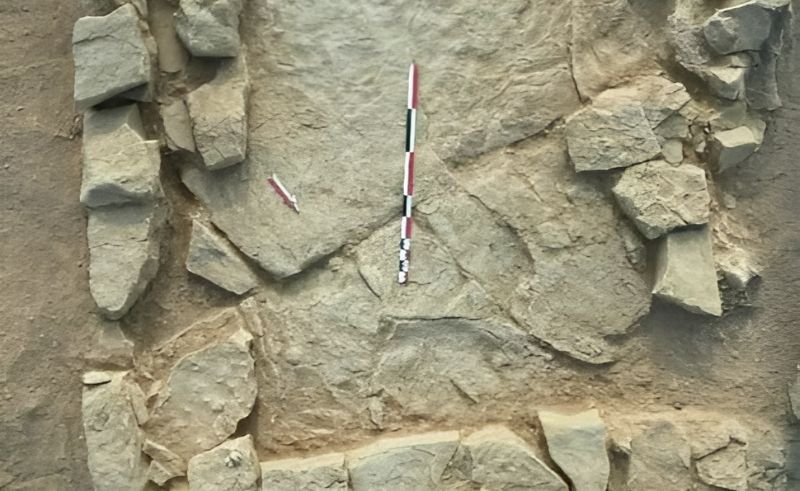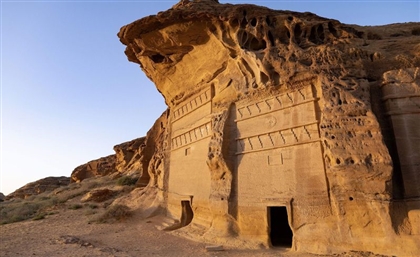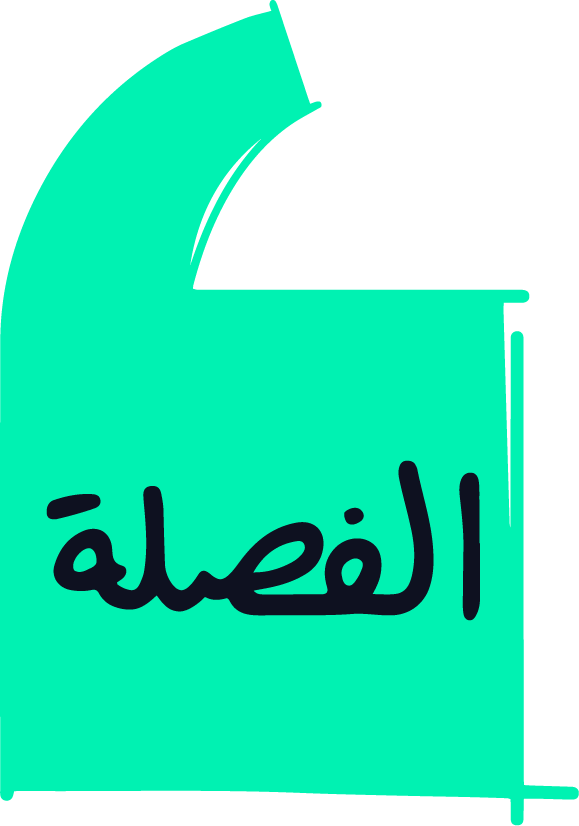50,000-Year-Old Stone Tools Unearthed in Riyadh
A new discovery of stone tools in Riyadh offers a rare glimpse into prehistoric life in the Arabian Peninsula, dating back more than 50,000 years.

Archaeologists in the heart Saudi Arabia have uncovered a cache of stone tools believed to be over 50,000 years old, shedding new light on the region’s prehistoric past. The discovery, made in the Riyadh region, is being hailed as a significant milestone in understanding early human activity on the Arabian Peninsula.
The tools, which include hand axes, scrapers, and blades, were found during a recent excavation led by a team of Saudi and international researchers. According to the Saudi Heritage Commission, the artefacts point to a period when ancient humans adapted to the shifting landscapes of what is now central Saudi Arabia.
“This discovery is a testament to the deep history of human settlement in the Arabian Peninsula,” said Dr. Jasir Alherbish, CEO of the Heritage Commission, in a statement. The tools are thought to have been used for hunting, food preparation, and possibly even early forms of craftsmanship.
The find comes as part of a broader initiative to document and preserve Saudi Arabia’s archaeological heritage. In recent years, the Kingdom has ramped up efforts to explore its ancient sites, revealing evidence of early human migration routes and settlements that challenge long-held assumptions about the region’s role in prehistory.
Researchers say the Riyadh tools are similar to those found in other parts of the Middle East and Africa, suggesting that early humans may have moved across vast distances, adapting to different environments along the way. The tools’ age—estimated at over 50,000 years—places them in the Middle Paleolithic period, a time marked by significant advances in tool-making and social organisation.
The discovery also highlights the Arabian Peninsula’s importance as a crossroads for ancient peoples. “These tools help us piece together the story of human migration and adaptation in a region that has often been overlooked,” said Dr. Huw Groucutt, an archaeologist involved in the project.
- Previous Article Egyptian Agricultural Museum to Reopen with Soft Launch This Saturday
- Next Article Six Unexpected Natural Wonders to Explore in Egypt
Trending This Week
-
Nov 17, 2025



























